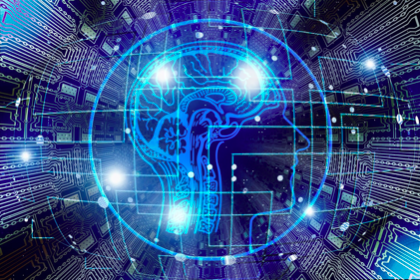by Nigel Hilton
Synthetic data is used predominantly in 2020 in the process of data mining. It has a big part to play in privacy, as realistic, synthetic data is used in place of real data that can’t be disclosed for confidentiality and data protection purposes. It holds no private or personal information and is able to meet specific needs or conditions that may not be found in the original data. Synthetic data has many benefits in the business world, relating to security, testing, marketing, and artificial intelligence (AI).
What is synthetic data?
Synthetic data is artificially created data generated with the help of algorithms which is used in a wide range of fields. Some of its main applications include test data for new products and tools, and training for machine learning and AI needs.
It is also useful as a filter for information that might otherwise compromise the confidentiality of real data as Anonymized data. Synthetic data is essentially used as a simulation or a theoretical value or situation.
Why is synthetic data important now?
Synthetic data is particularly useful in cases where privacy requirements limit data availability or the way in which it can be used. In the same way that a scientist might produce synthetic material to carry out experiments at low risk, data scientists produce synthetic data.
Data scientists have trouble accessing real data because of privacy safeguards so they are unable to train their machine learning algorithms without access. By using a synthetic data generator, it possible to overcome this issue so data scientists can do important work (and it's better than anonymized data or other alternatives) because it respects the privacy of data.
What are the applications of synthetic data?
Many business functions can benefit from the use of synthetic data. Here are some examples.
Marketing
By using synthetic data marketing units are able to run specific, realistic simulations to test and improve their marketing strategy. This is a convenient way to avoid any data protection issues.
Machine learning and AI
Test data can be used to “teach” AI machines about particular situations. A good example of this is driverless cars, which pioneered the use of these simulations.
Software testing
Synthetic data is used in software testing for quality assurance, without the need to wait for real data.
Security
Deep fakes can be used to test face-recognition systems and video surveillance.
Which industries can benefit from synthetic data?
Several industries are already benefiting from synthetic data.
Automotive
The automotive industry and all robots, drones, or driverless vehicles benefit.
Manufacturing
Synthetic data enables effective quality control testing, with fewer anomalies.
Finance
New fraud detection methods can be tested and evaluated.
Healthcare
Healthcare data professionals can use public data without breaching patient confidentiality.
Social media
Social media platforms use synthetic data for improving moderating tools, to combat things like online harassment and propaganda.
Synthetic data, in a nutshell, contains all the characteristics of the original data, except for any sensitive content. Improvements in many fields certainly make it a technology to watch.


